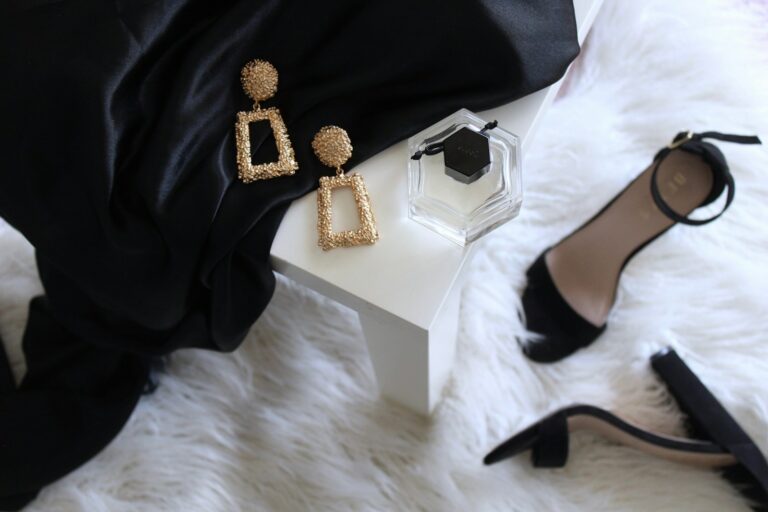
The word đeman is kind of magical, going way deeper than what any dictionary says. It’s been part of culture for ages, linking old Balkan stories with Southeast Asian roots, and even how people see themselves today. Whether you’ve read đeman in books, heard about it from family, or just found it looking at different cultures, getting what it means shows some cool stuff about the human spirit and how cultures change.
What Does Đeman Really Mean?
Đeman is more than just one idea. It’s like a cultural link, and its meaning can change depending on where you are and when you’re talking about it. Most often, đeman refers to a supernatural creature or spirit that’s a big part of Balkan legends, especially in Serbian, Bosnian, and Croatian cultures.
The Multiple Interpretations Across Cultures
In Balkan folklore, a đeman is usually a guardian spirit or something like a demon that hangs out between the real world and the spirit world. They weren’t all bad or good. Instead, they showed how complicated spiritual forces were that old communities thought touched everyday life.
In Southeast Asia, like in some Indonesian and Malaysian customs, similar-sounding words hint at inner demons or shadow selves. This neat similarity might be from old trade routes where cultures mixed, or just shows that people everywhere tend to turn inner struggles into mythological characters.
Why Đeman Defies Simple Translation
Translating đeman is tricky because it changes depending on the situation. Unlike words with simple translations, đeman includes feelings, beliefs, and culture that need to be understood, not just translated. It’s people trying to explain parts of awareness and spiritual feelings that are hard to put into words.
The Historical Roots of Đeman
Knowing where đeman started can really shed light on what it means now. Looking at the word’s roots shows how cultural exchanges and changes in religion helped form the identity of Southeastern Europe.
Balkan Origins and Ottoman Influence
Okay, here’s my take on that text, making it sound more human:
The word probably comes from old Slavic beliefs where people thought spirits and supernatural creatures lived all around in nature. When the Ottoman Empire spread into the Balkans, Islamic ideas mixed with the local stories. This mixing created new spiritual stories, and the ‘đeman’ character got traits from both sets of traditions.
Old writings from the 1400s and 1500s mention ‘đeman’ in folk songs, scary stories, and spiritual practices. Village leaders would ask for protection from ‘đeman’ during big life events, acting like these beings were real and needed to be respected and kept happy.
Southeast Asian Cultural Connections
Trade routes linking the Mediterranean and Southeast Asia did more than just help trade. Culture was shared, which carried spiritual ideas across continents. That’s why you see similar demon-guardian characters in traditions that are far apart. People everywhere face their inner demons, and similar myths popped up in different cultures because of this.
Đeman in Folklore and Mythology
Folklore is like a culture’s memory bank, and ‘đeman’ characters often pop up as stars in old stories that still shape how we tell stories today.
The Spiritual Guardian in Balkan Tales
Old stories say that đeman are like spirits of a place, living at crossroads, in forests, or in old ruins. They would check out people passing by. If you were respectful, they might help you, but if you were a jerk, they’d mess with you. So, đeman weren’t just scary monsters; they were like characters in a lesson about right and wrong.
Parents would tell đeman stories to teach their kids how to act. The stories showed đeman punishing those who lied and being nice to those who told the truth. This was super useful in communities where everyone needed to trust each other to get along.
A Symbol of Inner Transformation
Old stories say that đeman are like spirits of a place, living at crossroads, in forests, or in old ruins. They would check out people passing by. If you were respectful, they might help you, but if you were a jerk, they’d mess with you. So, đeman weren’t just scary monsters; they were like characters in a lesson about right and wrong.
Parents would tell đeman stories to teach their kids how to act. The stories showed đeman punishing those who lied and being nice to those who told the truth. This was super useful in communities where everyone needed to trust each other to get along.
Modern Cultural Relevance of Đeman
Đeman isn’t just some old thing in books. It’s still alive and kicking in current cultures, popping up in ways you wouldn’t expect.
How Young Generations Are Reclaiming the Term
These days, Balkan artists, writers, and musicians are putting đeman in their stuff more and more. They’re taking back folklore to show who they are. This comeback is part of a bigger thing where younger people want real ties to their roots as the world gets more connected.
Social media has become a place to talk about đeman. People who are into culture are sharing family stories, regional takes, and what it means to them. These online chats keep old ways going and help them fit into today’s world.
Đeman in Contemporary Art and Media
Filmmakers and writers have found that đeman can be really interesting for stories. They use these characters to look at ideas about who we are, feeling lost, and remembering our culture. Unlike the demons you see in Western media that are all about making money, đeman keeps its own unique cultural flavor, which makes stories about it feel deeper and more real.
The Psychological Dimensions of Đeman
Psychology and mythology are often linked. Mythology gives us cool stuff to understand how people think, using different cultures.
Understanding the Shadow Self Concept
It’s kind of amazing how Carl Jung’s idea of the shadow self is similar to old đeman myths. Both say that people have parts of themselves they don’t want to deal with. Like how some groups used to blame bad traits on đemanes, psychology today says it’s better to admit those shadow parts exist and accept them to be a whole person.
This shows that old stories sometimes knew things about people that we’re still learning today. The way they tell it is different, but the basic idea about what people are like has stayed the same for a long time.
Taking Action: Embracing Đeman in Your Cultural Journey
Getting to know đeman can help you get more out of different cultures and even yourself. A good starting point is looking at folklore from the Balkans. You can find translated stories that make these traditions easier to grasp. Also, museums with Southeastern European stuff usually have exhibits that explain the myths behind it all.
Think about how đeman might relate to your own life. What demons inside you need attention? Thinking about it this way turns old stories into useful advice for dealing with today’s problems.
Chat with people from Balkan communities, either online or in your area, to see how these traditions are still alive. These talks will give you real understanding, not just what you read in books. You’ll get to talk to people who actually find đeman important in their culture.
Frequently Asked Questions About Đeman
Is đeman the same as a demon in Christian theology?
Not really. While đeman has some stuff in common with Christian demons, they actually come from Slavic stories from way back before Christianity. They aren’t always bad guys either. Đeman can be like guardians, hand out punishments, or just not care, depending on the situation and what you do.
Can đeman appear in human form?
So, old stories say đeman could turn into anything – people, animals, even just vanish. That’s what made them so weird and you never knew what they’d do next in those tales.
Are there female versions of đeman?
Yeah, Balkan folklore has female supernatural beings kinda like đeman, but they usually have different names depending on where you are. These figures sometimes had various roles in the stories people told.
How do you protect yourself from đeman in traditional beliefs?
Back then, people tried to stay safe by carrying herbs, saying prayers, steering clear of risky places at certain times, and respecting what they thought were spiritual limits. This was all tied to their views on keeping peace with the things they couldn’t see.
Is belief in đeman still common today?
Whether people actually believe in đeman really depends on where they live, how old they are, and their own story. Lots of people don’t take đeman literally, but they still see them as important cultural symbols. You’ll often find stronger old-school beliefs in the countryside.
What’s the difference between đeman and other Slavic supernatural beings?
Slavic folklore is full of all kinds of supernatural creatures, each with its own traits and jobs. For example, a Đeman is basically a demon-like guardian spirit. Then you have vila, vampir, and rusalka, which are all different kinds of beings that play separate roles in the myths.
Can studying đeman help understand Balkan culture better?
Okay, got it.
For sure. Folklore lets you peek into how people in the past saw the world, what they thought was important, and how their society was set up. If you get what đeman is all about, you’ll see how Balkan folks thought about the spirit world, right and wrong, and how people and nature got along.






